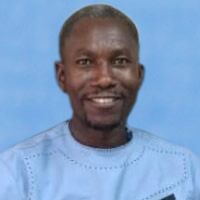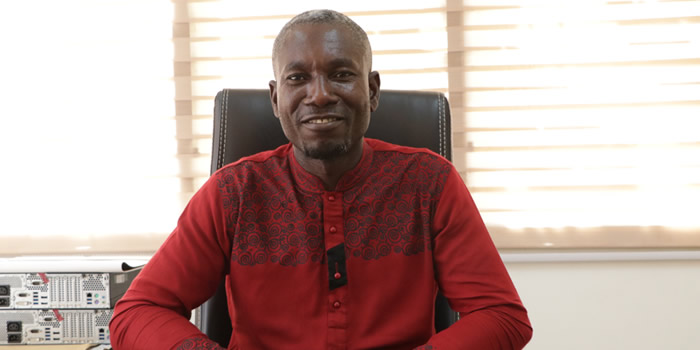

Economic Characteristics
Introduction
The nature, type and size of the labour force are critical factors in the production of goods and services. For economic growth, labour force participation is a key driver. The information on labour force is also used to formulate employment policies, to determine training needs and to calculate the expected working life of the male and female population as well as the rate of accession to retirement from economic activity. Emphasis is given to the type of activity namely economically active which includes the employed and the unemployed, economically not active, main occupation, industry and employment status of individuals in the district.
Economic activity status
Three quarters (75.1%) of the population are economically active with one quarter (24.9%) not economically active. In addition, 95.7 percent of the economically active people are employed while 4.3 percent are unemployed. For the employed category, 95.0 percent are employed and working, 4.7 percent are not working but have jobs to go back to and 0.3% work on a voluntary basis without pay. Of the 4.3 percent unemployed, 41.3 percent haven worked before, are available and seeking for work while 58.7 percent are seeking work for the first time.
There exist not many variations between the proportions of males and females who are economically active, employed or unemployed. More than half (52.3%) of the economically not active are in full time education while nearly two fifths (18.8%) do home duties. More than three fifths (62.0%) of the economically not active males are also in full time education compared to the corresponding 44.2 percent proportion for females. On the other hand, twice as many females (24.5%) as males (12.0%) do home duties. The proportion of females too young or too old to work (17.2%) is also more than twice their male (7.1%) counterparts.
Activity status by sex and age
36,601 of the population are employed while 1,628 are unemployed. The economically not active is 12,694. The highest proportion of employed population (14.9%) are within the age-group 25-29, and the lowest proportion (3.9%) with the age-group 60-64. The highest proportion of unemployed population (18.4%) is also within the age-group 25-29. For the economically not active population, 51.8 percent are within the age-group 15-19 with as low as 1.1 percent within the age-group 45-49. The highest proportion of employed male population (14.6%) is likewise within the age-group 25-29. The situation is similar for the employed female population. There are more females (6,916) who are economically not active than males (5,778).
Occupation
The category with the highest proportion in the district is skilled agricultural forestry and fishery workers (43.5%). The second largest group is Service and Sales Workers employing 19.8 percent followed by Crafts and Related Trade Workers (19.5%). Managers and professionals constitute 1.7 percent and 4.0 percent of the total number of employed population respectively. There are more female managers (2.0%) than males (1.7%). Females also dominate in Service and Sales, Craft and Related Trades as well as Elementary Occupations while the males dominate in the rest of the occupations.
Employment status
Statistics indicates that majority of the district’s population are self-employed without employees (71.3%) followed by employees (16.5%) and contributing family workers (6.8%). The figure also shows that the proportions of people who are self-employed (without employees) and contributing family workers are higher for females than males. Conversely, the proportions of employees, self-employed with employees, casual workers and apprentice are higher for 36 Males than females. This may be due to the relatively low levels of females who have acquired educational qualifications given that education is an important requirement for job engagement in the formal sectors of the economy.
Employment Sector
Private informal sector dominates the employment sector in the district employing 91.7 percent of the employed population in the district. This is followed by the private formal sector which engages 4.7 percent of the total employed. The public/government sector, international organizations and the semi-public/parastatal sector together employ less than 4 percent.
Date Created : 11/16/2017 2:06:21 AM









 facebook
facebook
 twitter
twitter
 Youtube
Youtube
 +233 593 831 280
+233 593 831 280 0800 430 430
0800 430 430 GPS: GE-231-4383
GPS: GE-231-4383 info@ghanadistricts.com
info@ghanadistricts.com Box GP1044, Accra, Ghana
Box GP1044, Accra, Ghana